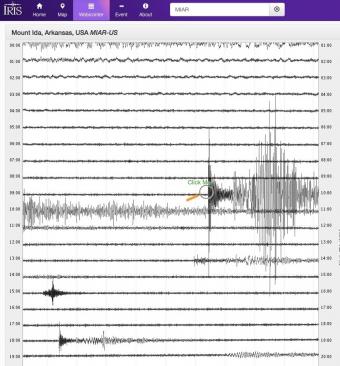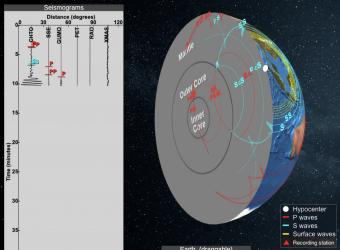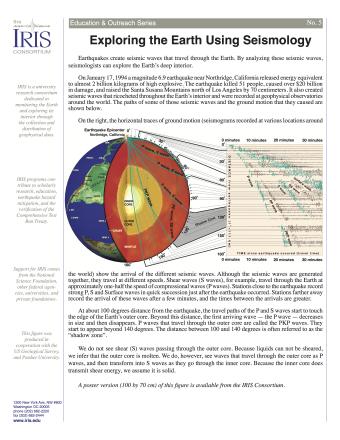On June 28, 2024 a magnitude 7.2 earthquake near the coast of Peru. The area experienced 5 foreshocks and 4 aftershocks along with the main earthquake within a 12-day period. No deaths were reported but it initiated a tsunami warning. This earthquake was the result of shallow thrust faulting from the Nazca tectonic plate subducting under the South America plate. It created seismic waves that ricocheted throughout Earth's interior which were recorded at geophysical observatories around the world. The paths of some of those seismic waves and the ground motion that they caused are shown in this poster. Seismologists use these recordings to explore the Earth's deep interior.




We encourage the reuse and dissemination of the material on this site as long as attribution is retained. To this end the material on this site, unless otherwise noted, is offered under Creative Commons Attribution (CC BY 4.0) license